|
I am thrilled to share that on November 6th, 2023, I earned my Associate Level Certification as a teacher of the Taubman Approach from the Golandsky Institute Professional Training Program! The training program is lengthy and rigorous, and involves attending private lessons, workshops and symposia, and supervised teaching sessions. I have been working towards certification at the Associate Level since I earned my certification at the Instructor level in 2016. The supervised teaching sessions and pedagogy workshops my students and I have participated in with my mentor, Robert Durso, and his colleague, Mary Moran--both co-founders of the Golandsky Institute--have formed a core part of the training program. I am so grateful and honored to have been able to share these amazing learning opportunities with my students, and I look forward to offering further opportunities as I continue my lifelong study of this fascinating and rich body of knowledge! I am also excited to be taking on the role of mentor myself for one of my own students, who is also a piano teacher, for the first time this year. More information about the Golandsky Institute and the Professional Training Program is available here: www.golandskysinstitute.org
0 Comments
I am thrilled to share that my student, Hayden, has been selected as the Friends of Music Scholar at Pennington High School in New Jersey. This scholarship award “recognizes an accomplished musician who shows a passion for instrumental music.” Hayden is now a rising freshman in high school, but she began studying with me at the tender age of 6! I am so proud of all of her hard work and achievements over the years. Congratulations, Hayden!
Studio News: Now Open in Cary, North Carolina! Also Announcing: Online Lesson Equipment Upgrades!6/4/2021 I am thrilled to announce that my piano studio is now open for in-person instruction at my new home in Cary, North Carolina! I am so excited to be here in the Triangle area and to be offering in-person lessons again with my new students! 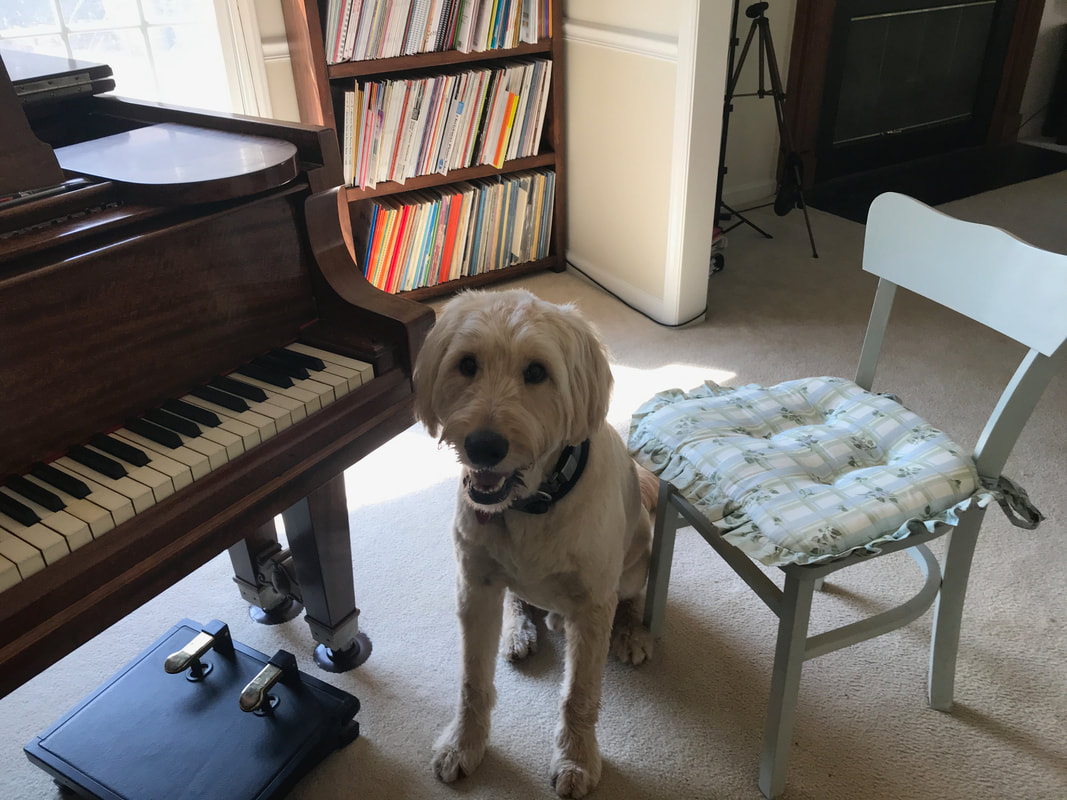 Danny is very excited to be here in North Carolina! He is sure to give all my new students a huge and happy welcome! Danny is very excited to be here in North Carolina! He is sure to give all my new students a huge and happy welcome! Now that I am all settled in, I am also excited to have the opportunity to upgrade my online teaching studio set up! I am delighted to be continuing distance instruction with my online students, and I have been very pleased with the clarity and convenience my new equipment has provided over the past weeks. As a Taubman teacher, I was very fortunate to have had experience with online lessons before the pandemic came along. However, I have certainly learned a lot about how to create an ideal online lesson set up thanks to the recent months of teaching online full-time! Below are some photos of my new setup and a summary of the new equipment I am using now. I have also included recommendations for distance students who may want to upgrade their own set up to optimize their online lesson experience. EXTERNAL MICROPHONE: I am now using an external USB microphone. I wanted to offer the highest possible sound quality when I am looking to demonstrate musical concepts at the piano and have been getting very positive feedback from students since using this microphone. Distance students benefit from having an external microphone as part of their own online set up as well: when I can hear the student’s playing more clearly, I am better able to offer feedback related to both interpretation and technique. The microphone I am using is a Blue Yeti, which retails for about $130, but there are more affordable alternatives for students looking to upgrade their own setup. For example, the Blue Snowball USB microphone retails for about $50. IPAD AND APPLE PENCIL: This has been the most exciting upgrade so far! Since I can screen share from my iPad during a Zoom call, I am now able to put the students’ music on the screen and make notations directly on the score using my Apple Pencil in real time. I have also been using this feature to write down notes on a virtual notepad about technical or theoretical concepts the we are covering in the lesson, which students can then screenshot on their own devices and save for future reference. I love the versatility of the Apple Pencil as well: I can change the color, thickness, and opacity of the pencil or even use it as a highlighter. I have been getting tons of positive feedback about this one and am looking forward to continuing to explore all of the possibilities here! Best of all, distance students do not need an iPad or Apple Pencil themselves to enjoy the benefits of this addition to my set up. Finding the equipment that works best my various online lesson goals has involved a lot of trial and error. I am really pleased with what I have discovered so far, but I still have several more ideas in mind to continue to improve my setup. Stay tuned for future upgrades coming soon!
Congratulations to all the performers!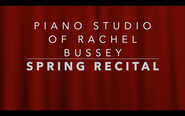 Our first ever online recital was a smashing success this spring! Students and their families gathered on Zoom for opening remarks, following by a group screening of the students' pre-recorded recital performances that I edited together to make a movie. Afterwards, we gathered together on Zoom for the presentation of awards. I am so proud of all of the students' accomplishments in recording their pieces and turning in such beautiful performances! Despite all of the ongoing pressures of the pandemic environment, all of the students worked so hard to prepare and did a great job. It was so much fun to see everyone online together, and since the online format made it possible for those who can't normally come in person to attend, we had the benefit of an extra-large audience! Congratulations to all! Check out some featured student performances on my YouTube channel, linked below: I hope you are all staying safe and healthy! During this time of social distancing, I am so happy and grateful to be able to continue teaching and sharing the joy of piano with my students! Online lessons have been going great so far! Since online learning is continuing longer than I had originally thought, I am sharing a few tips on how to create an ideal home set up for online piano study. The most common difficulty for students setting up for online lessons at home is setting up the camera or cameras at a good angle so that I can see the student’s fingers, hands, arms, and torso clearly. The most basic setup uses one camera, mounted to one side of the piano and adjusted high enough so that I can see the full keyboard and both hands. A laptop or tablet is ideal, but even a smartphone will work, too! I have attached a couple of pictures of ideal home set ups that some of my students have provided. Thank you to all who have shared pictures! A music stand works well since it is easy to adjust the height and tilt for a different angle, but as you can see below, just about anything with a flat surface will work. Especially if you are using only one camera, it is also helpful to be able to move it to either side of the instrument in case I need to see the hand farthest from the camera in more detail, if possible. The side-view one-camera set up is easy and works great. However, to optimize your lesson experience, and particularly for long-term online study, adding a second camera to provide an overhead view is very helpful. For students who are professional pianists or are recovering from piano injuries and who are studying online long-term, the overhead camera is essential. For all other students, it is an excellent addition to make to your set up if it is feasible for you. Webcams range in price, but the more inexpensive models are around $30. For an overhead set up, you would need a webcam and something to mount it on. Many students use tripods or microphone boom stands, but other set ups are possible if you have a tall lamp or similar object handy—just be careful that whatever you use won’t fall over when the weight of the camera is added!! Below is an example of one student’s excellent overhead camera set up: Below is my own set up for online teaching and study. I have a ceiling mounted tripod with a webcam for my overhead camera, since as a teacher I need an overhead view permanently. I mostly use my laptop on one side for the side view, with a spot to move it to the other side of the piano set up also in case I need to show my other hand in detail. Danny enjoyed helping me prepare my blog post: Here is my overhead view, helpful for demonstrating Taubman concepts such as in and out movements to avoid twisting and curling, adjustments of the torso and walking hand and arm, and how to avoid stretching. Thanks for reading! I will look forward to seeing you online soon!
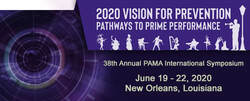 I am thrilled to announce I will be presenting on the Taubman Approach at the Performing Arts Medicine Association’s International Symposium this summer. The symposium will take place June 19th-22nd in New Orleans, Louisiana. In my presentation, “Preventing and Healing Piano Injuries Through Coordinated Movement,” I will present a brief overview of the common technical errors that cause pain, fatigue, and injury at the piano and demonstrate the elements of coordinated and aligned movement Taubman teachers instill to address these problems. The symposium attracts doctors, therapists, performers and teachers from across the globe who seek to improve the health of performing artists of all disciplines. Stay tuned in June for an update on the Symposium and my trip to beautiful New Orleans! UPDATE: Due to the pandemic, the 2020 PAMA Symposium has been canceled. I will look forward to presenting when the event has bee rescheduled. Please welcome my new teaching assistant and official studio mascot, Danny the Goldendoodle! Danny came home in June and is 8 months old now. He loves piano music--I even convinced him to try his paw at it recently: Danny is always thrilled to greet my students and their families as they arrive and send them off with a few wags of his tail, and during the lesson time is happy to enjoy the music quietly and have a nice nap. I am so proud of how well he is settling in! Thanks to everyone for the patience and love you have shown him as he learns his puppy manners and settles into his new life as a Piano Doodle!
One of my students, Grace, made an astute observation at her recent lesson. She said, “the hardest part of learning this work is that you don’t expect it to feel this easy!”
This is a truly wise statement. The ease a student feels when applying the Taubman skills at the piano points to a fundamental tenet of the work, and one that sets it apart from other approaches. The Taubman Approach allows for an effortlessness at the instrument that is almost always at odds with the student’s previous experience of what it feels like to play. Because of this, I often find myself using analogies to other activities. A few of my favorite examples are when a tennis player strikes the ball with a racquet in the exact center, or “sweet spot,” so that the ball seems to launch itself with startling velocity, or the easy swing of a baseball player who hits a powerful home run into the seats. These skills require a coordination and alignment that, when executed perfectly, make us wonder: “How on earth do they make it look so easy?!” The answer to this question is that it is not the right question to ask. They do not need to make it look easy because they have made it feel easy. Effortlessness is not a contrived appearance; it is an experience. When a student has mastered the elements of the Taubman Approach, the physical act of playing the piano becomes effortless because the student has mastered the coordination and alignment necessary to move around the keyboard efficiently. When a student grasps this concept and learns to identify the feel of true freedom and ease, it is often a key turning point in his or her learning. Check out my latest performance on YouTube! I am playing the first and second movements of Mozart's Piano Concerto in C Minor, K. 491. 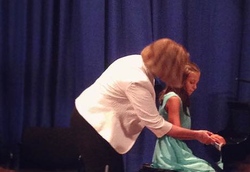 My student, Casey, working with Mary Moran. My student, Casey, working with Mary Moran. I hope you all have been having a great summer! It has been a great summer for me, and one of the highlights this year, as always, was attending the Golandsky Institute Summer Symposium. The symposium was particularly exciting for me this year, as I had the opportunity to bring some of my students, too! I was thrilled to be invited to bring two of my students to the symposium to participate in the Pedagogy Clinic. Congratulations to my students, Andrew and Casey, who played in the clinic! They both did a fantastic job! The Symposium is a weeklong event held at Princeton University every summer that offers the opportunity to study the Taubman Approach in-depth with the Golandsky Institute’s expert faculty. The symposium attracts piano students and teachers from all over the world who come to participate in the intensive week, which includes a variety of presentations and lectures, master classes, clinics, concerts, and private lessons. Mary Moran, one of the co-founders of the Golandsky Institute, presents the Pedagogy Clinic each year. It works like a masterclass: students present technical skills and music they have been working on in their lessons and and receive feedback from Mary in front of an audience of teachers. This year, my student Casey, age 8, worked with Mary on the technical concept of balancing on each finger, one of the initial stages of Taubman training. My student Andrew, age 13, played Chopin’s Prelude in D-flat Major, Op. 28 No. 15. The clinic was a valuable learning experience and great performance opportunity for the kids, and I was so excited to give my students this opportunity. The clinic also gives Taubman teachers in the audience the rare chance to observe Mary’s teaching. For teachers studying how to teach the Taubman Approach, observing experienced Taubman teachers at work is one of the best tools to becoming a better teacher. Solutions to specific difficulties that come up teaching Taubman concepts with one student can often be applied with other students as well. To learn more about the Pedagogy Clinic, recordings will be available for purchase at the Golandsky Institute website. |
AboutI teach private piano lessons at my studio in Cary, North Carolina and online. On my blog, I will be sharing news from my studio as well as some thoughts on piano teaching, piano music, and my area of specialization, the Taubman Approach. For Current Students:
Cancellations List None at this time--check back later! Please contact me if you would like to schedule a make up lesson in one of the open slots. Thank you! Archives
February 2024
Categories |
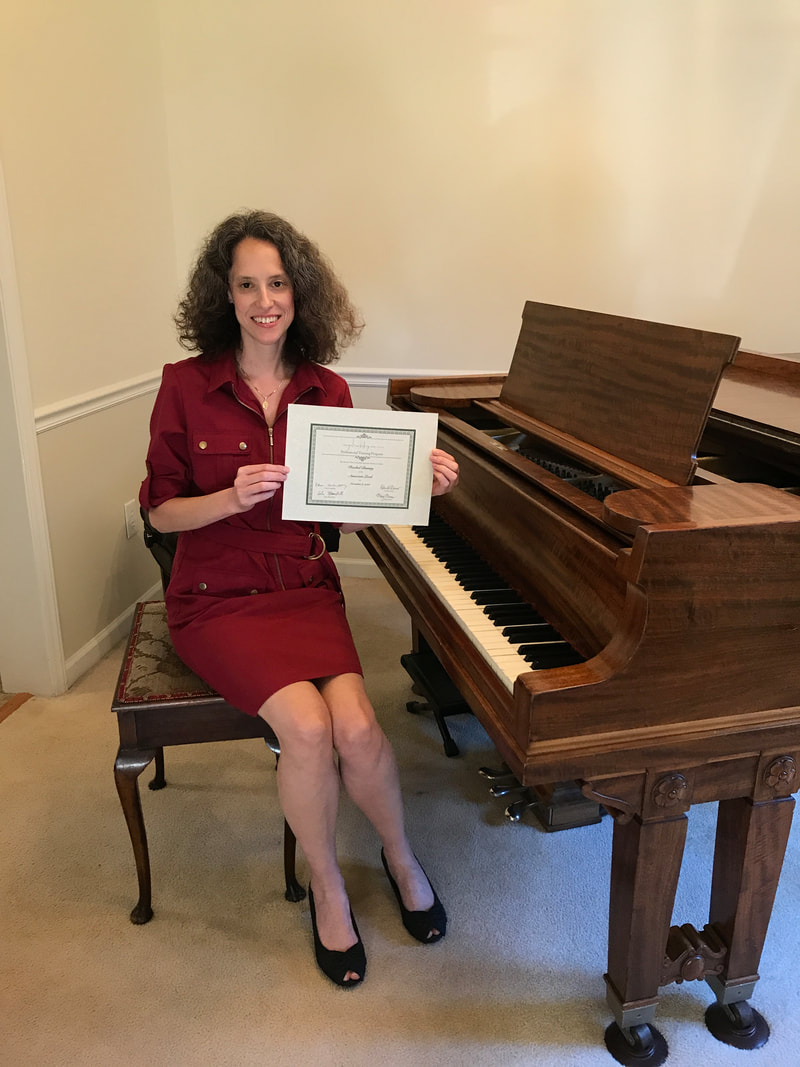
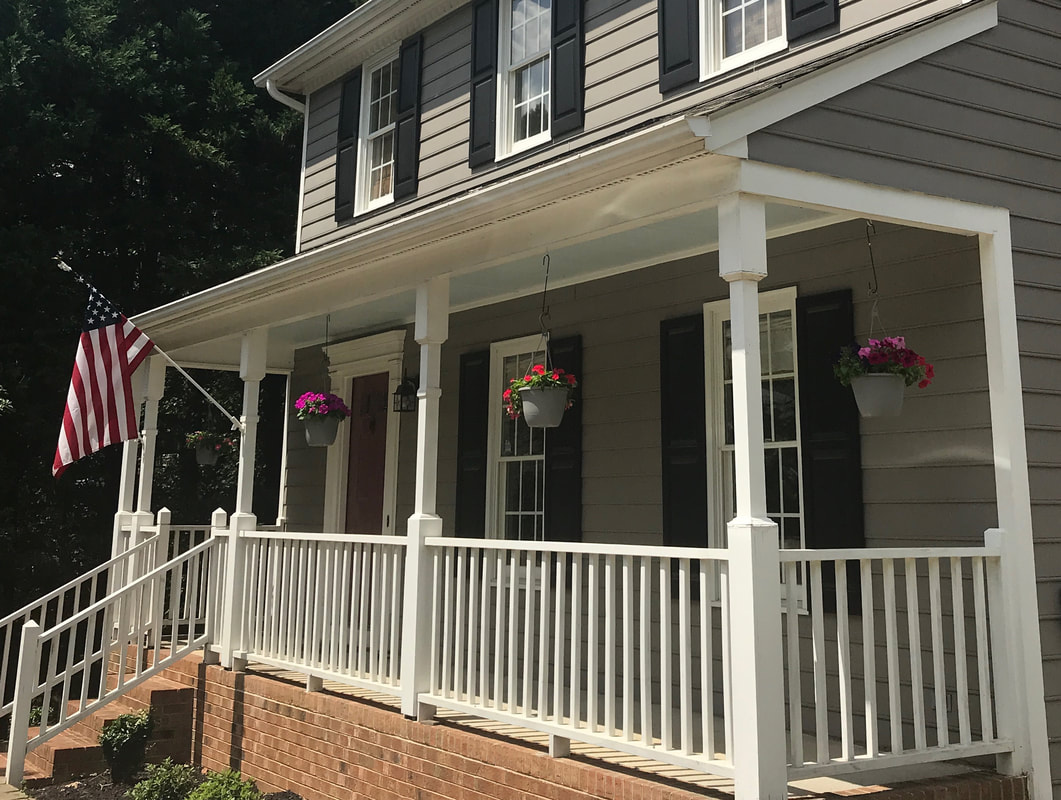
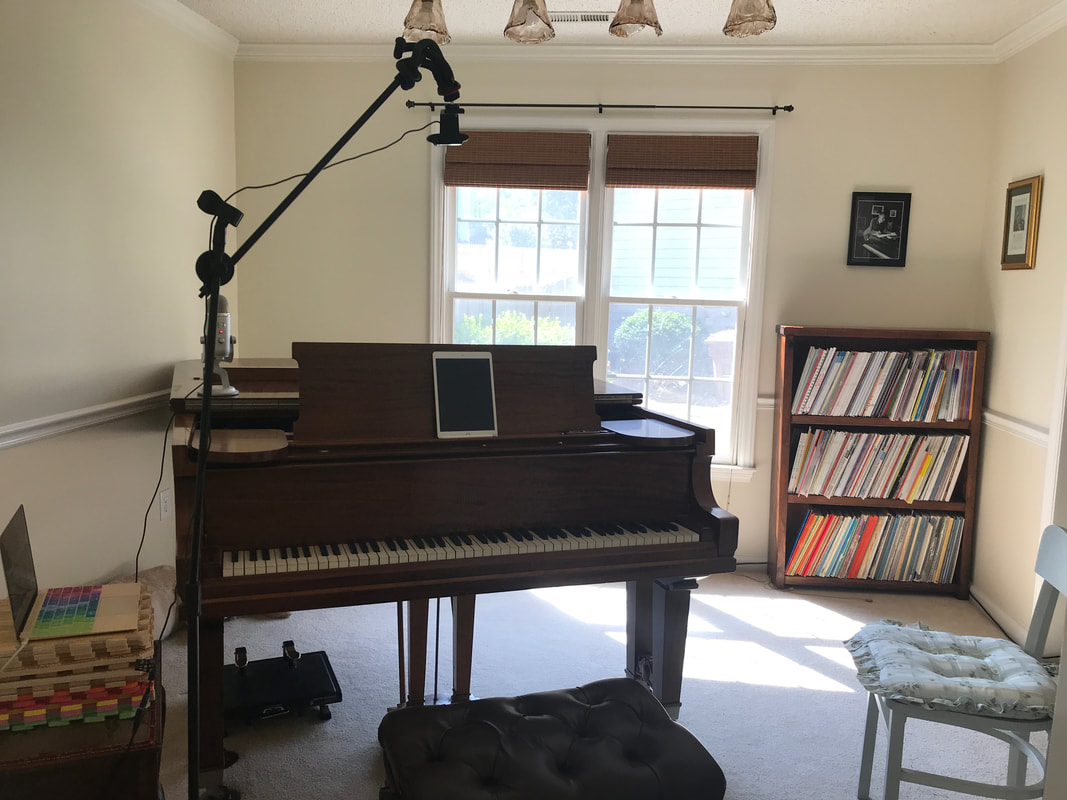
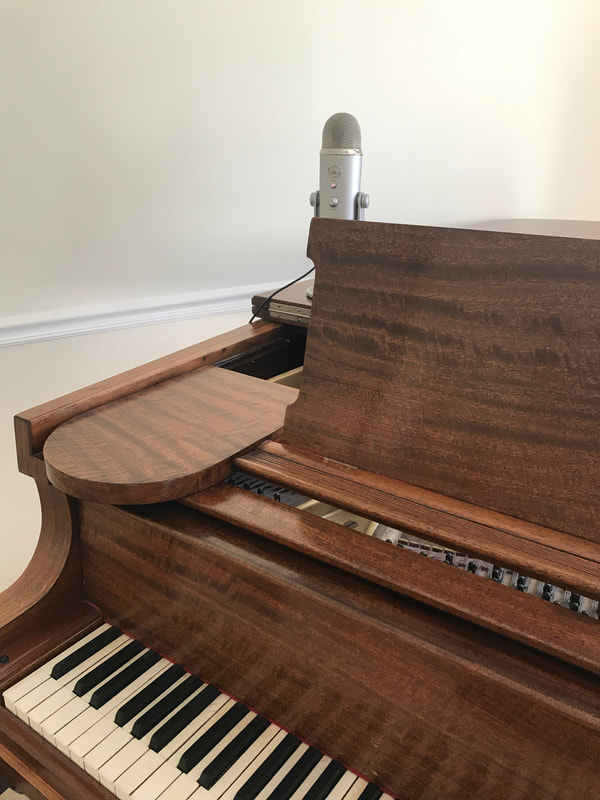
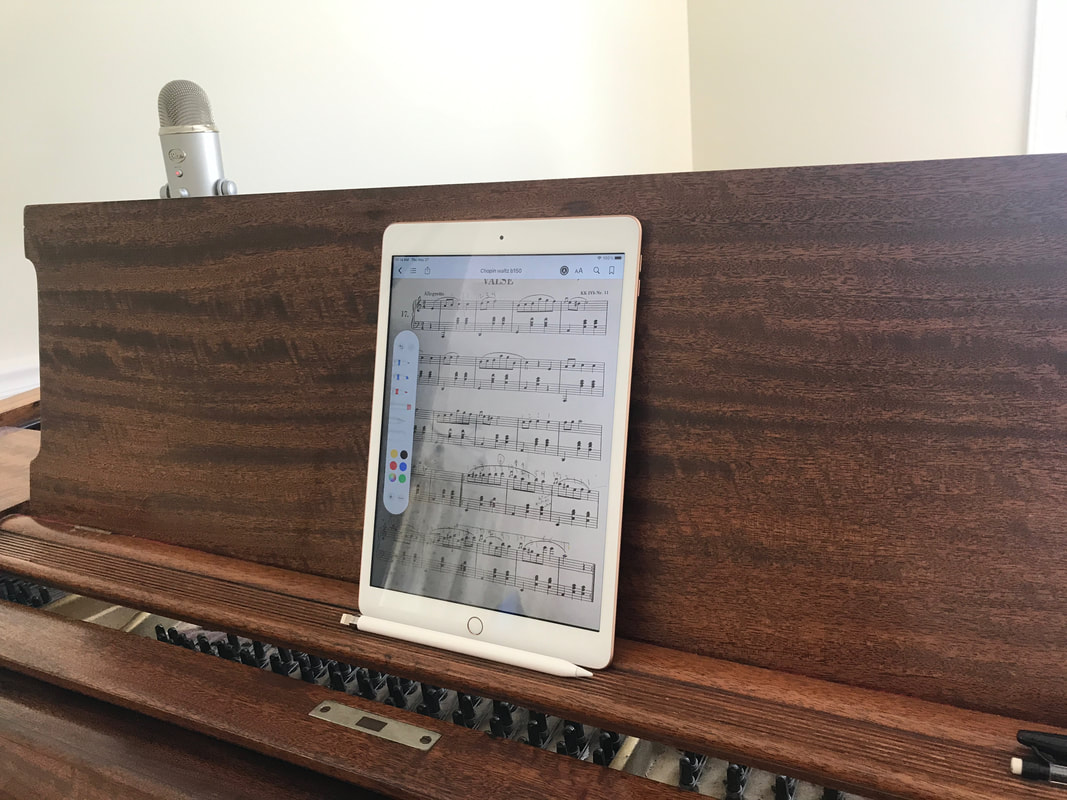
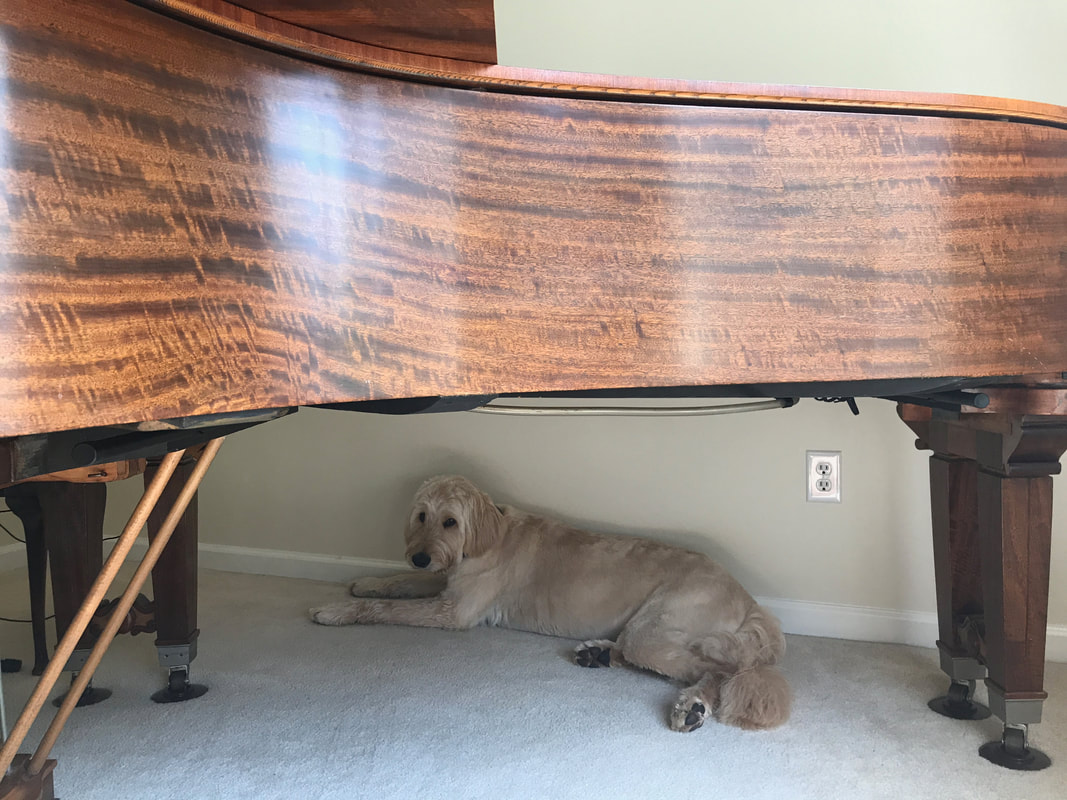
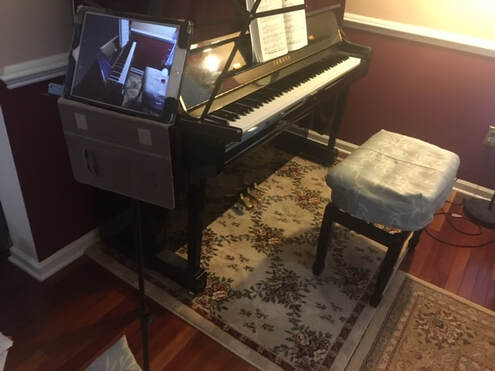
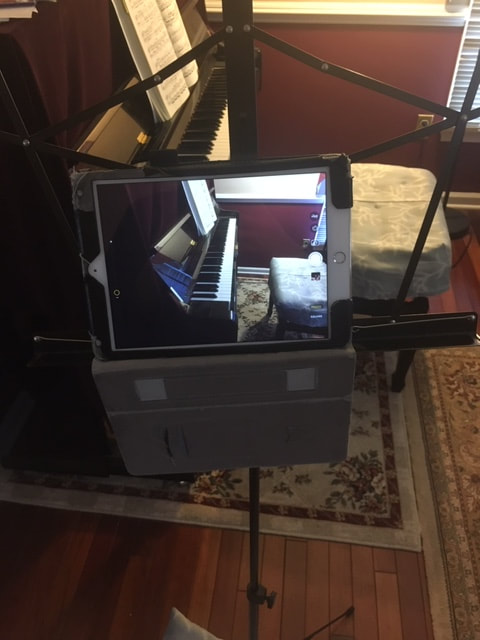
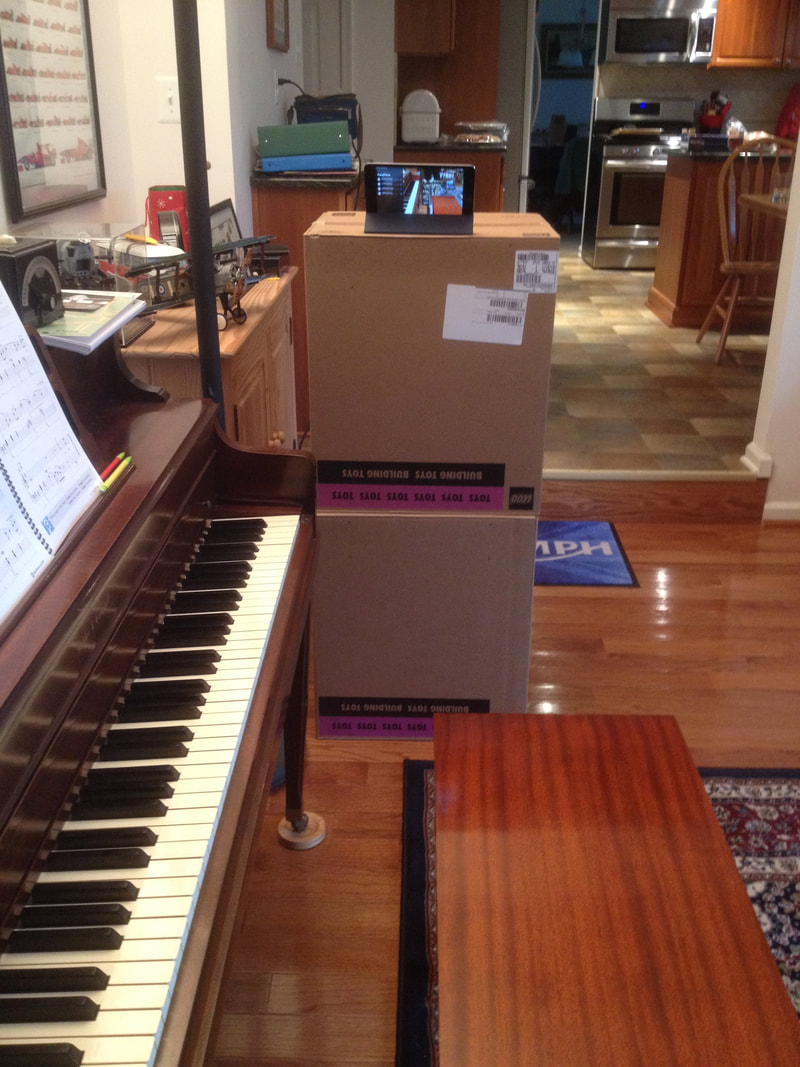
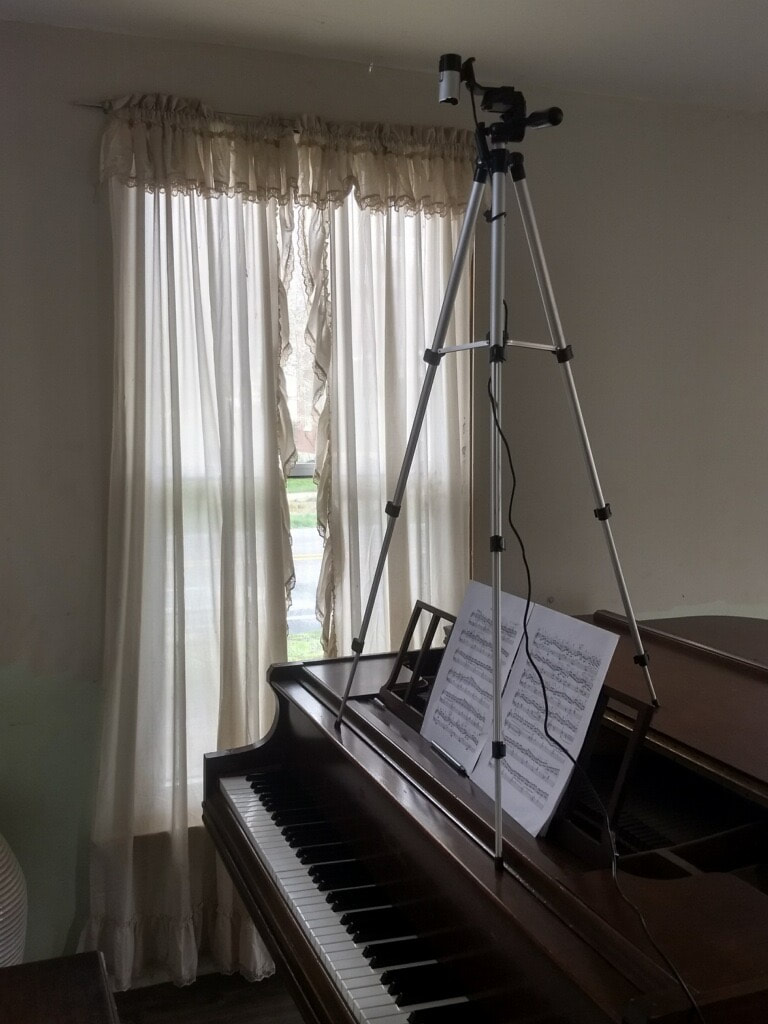
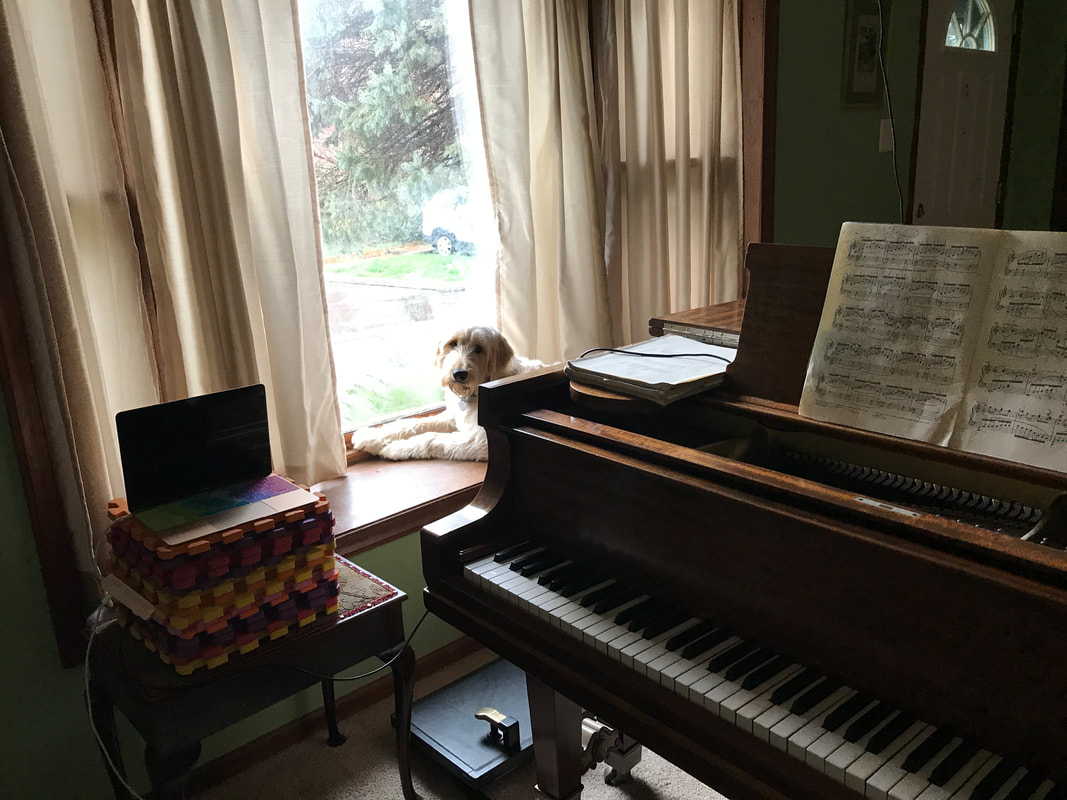
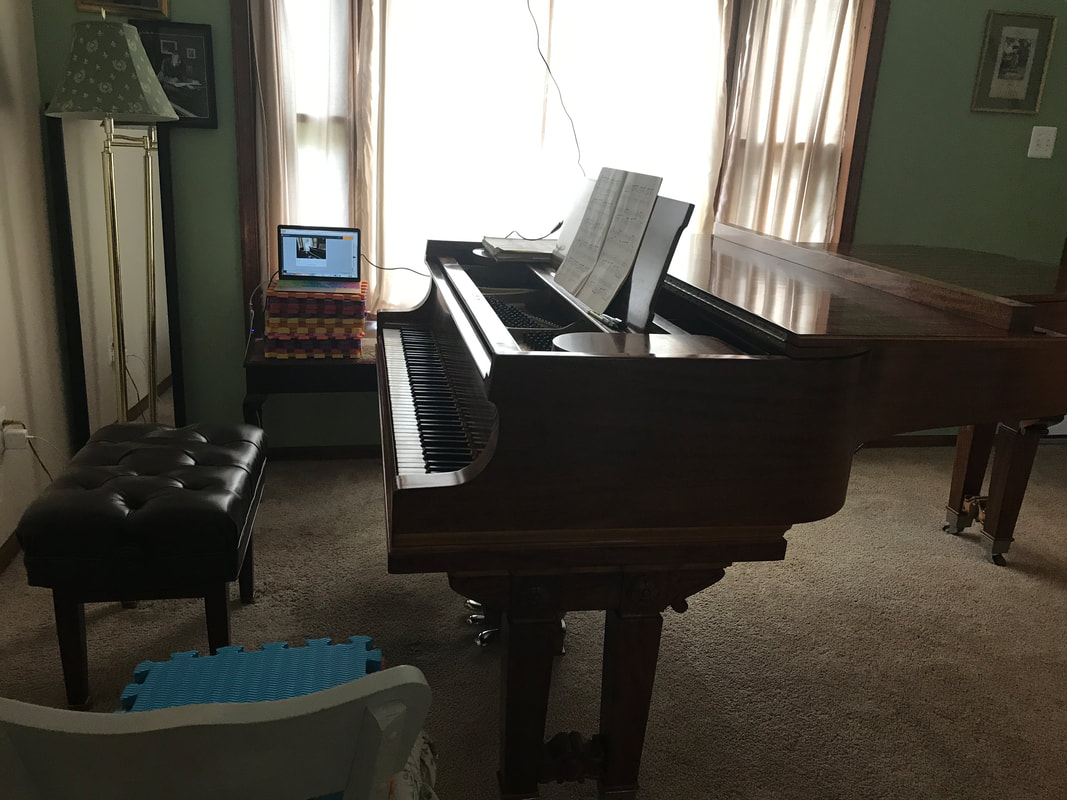
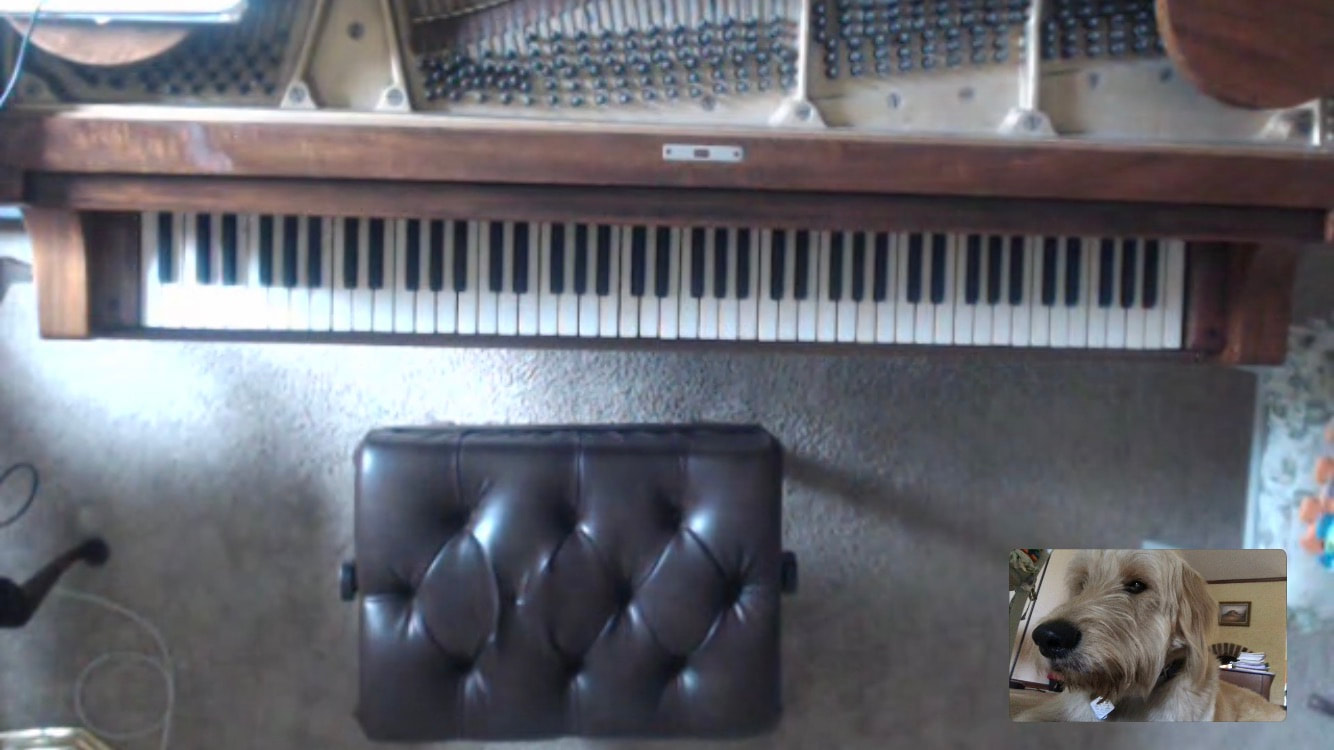
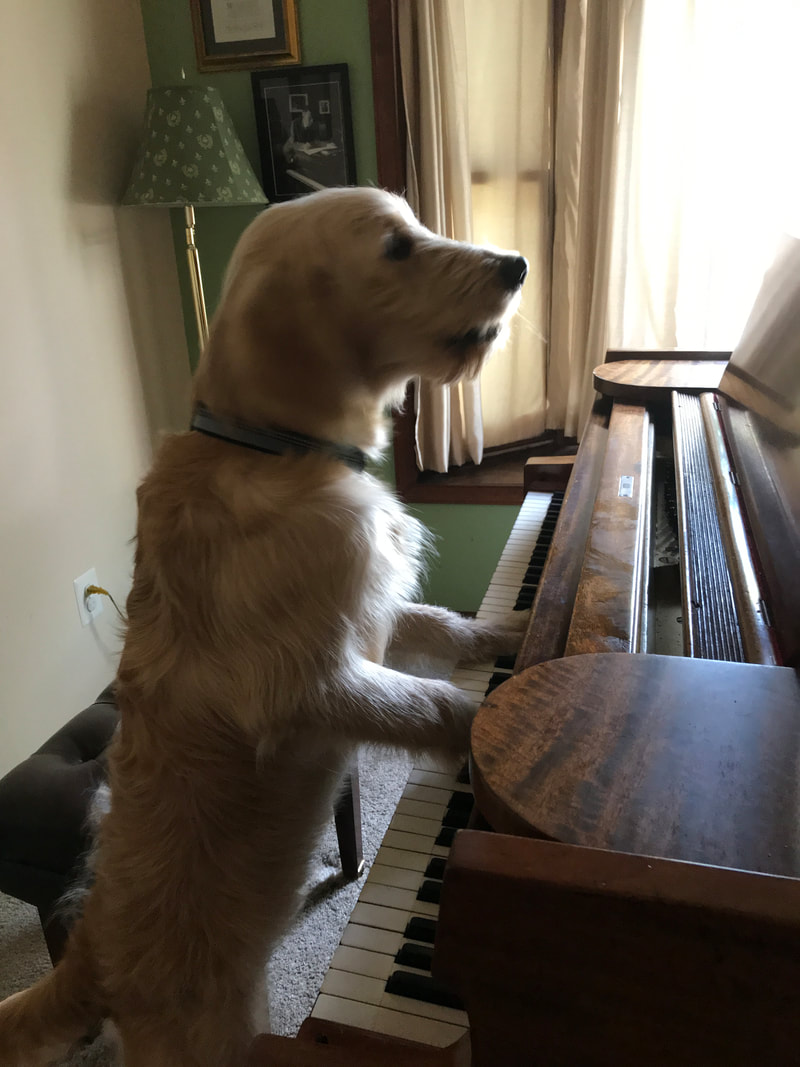
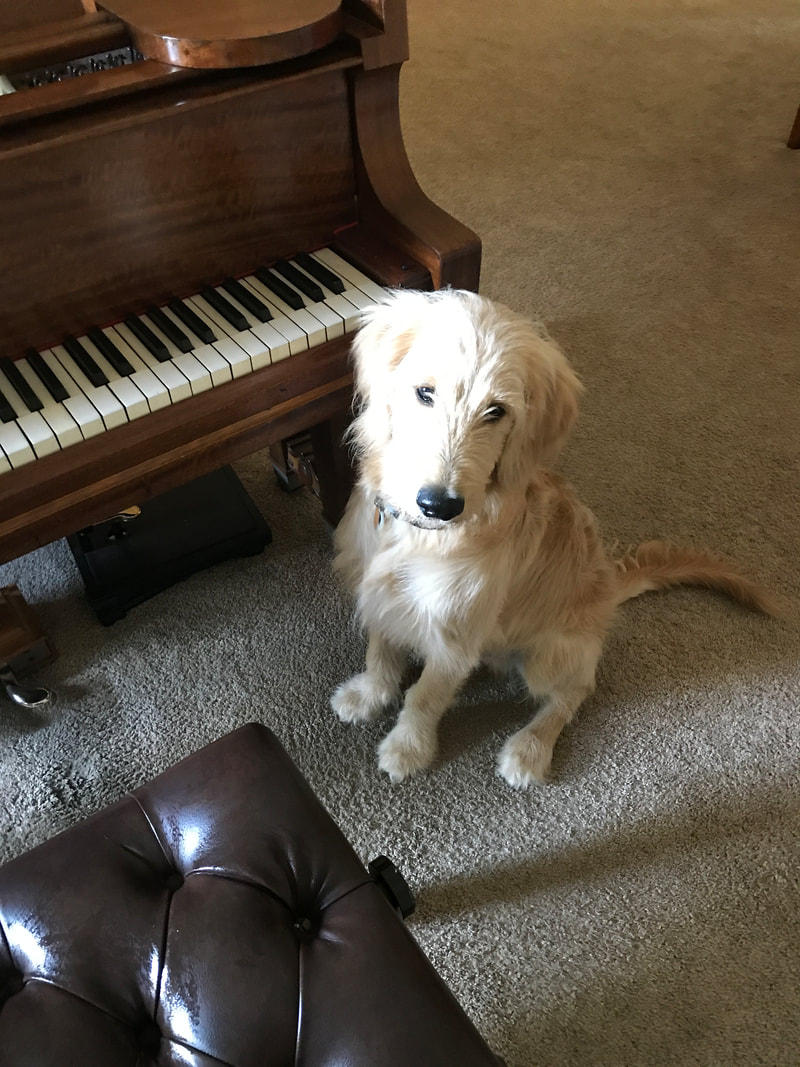
 RSS Feed
RSS Feed